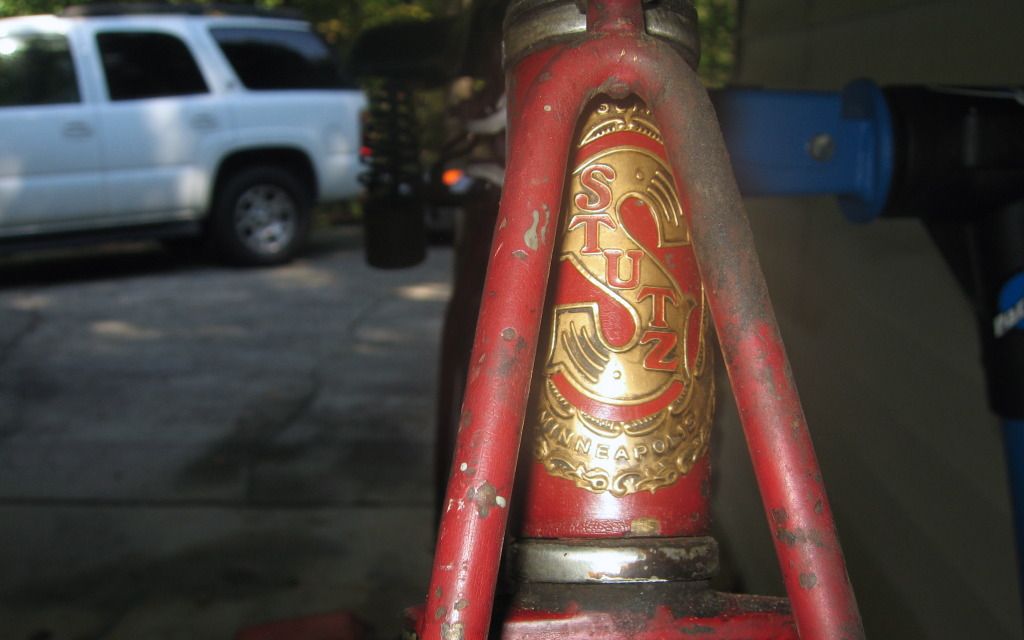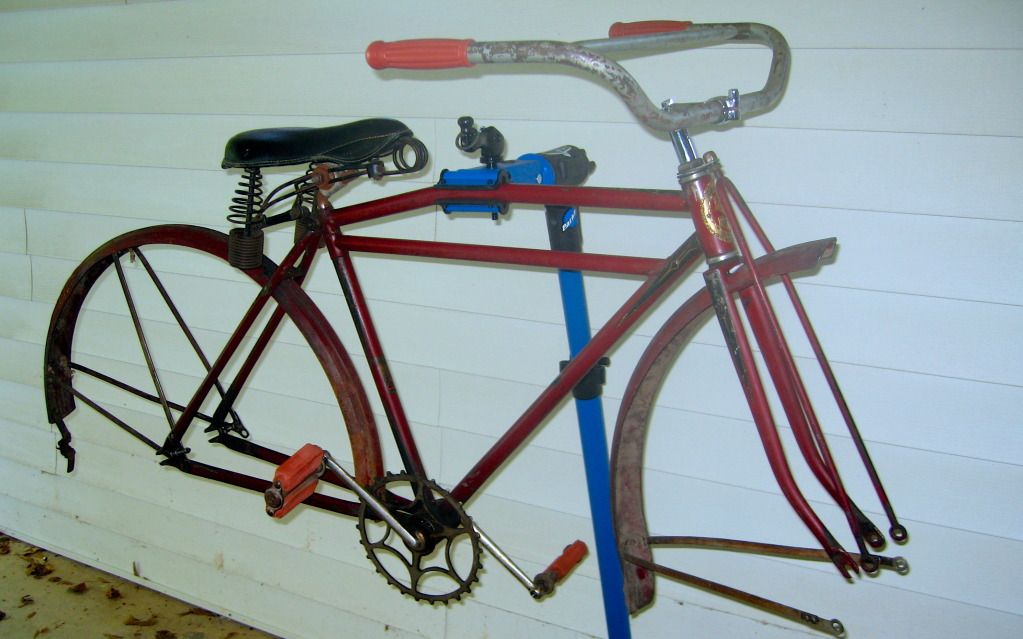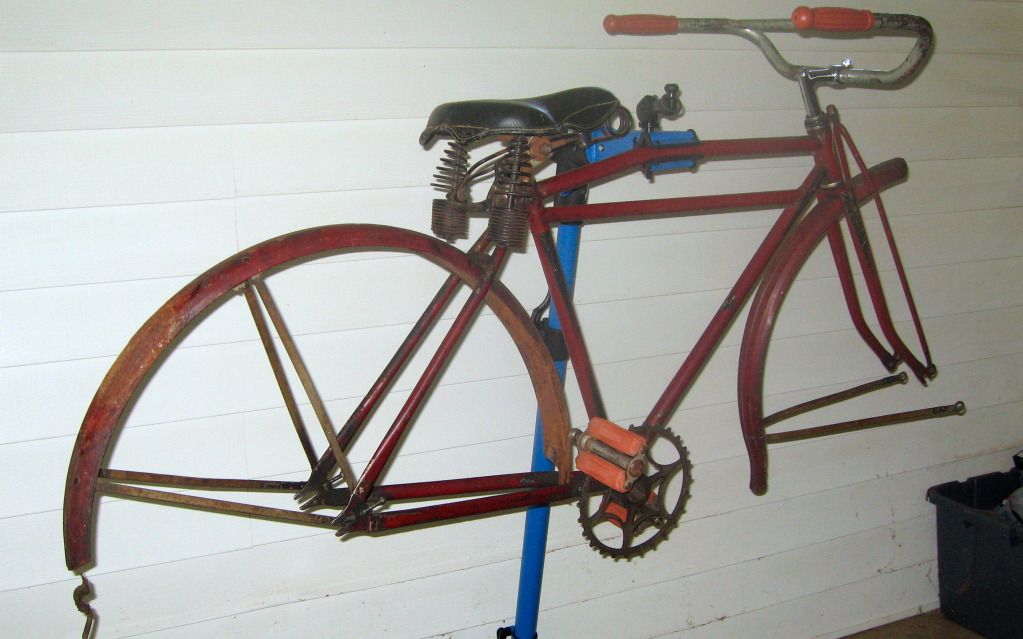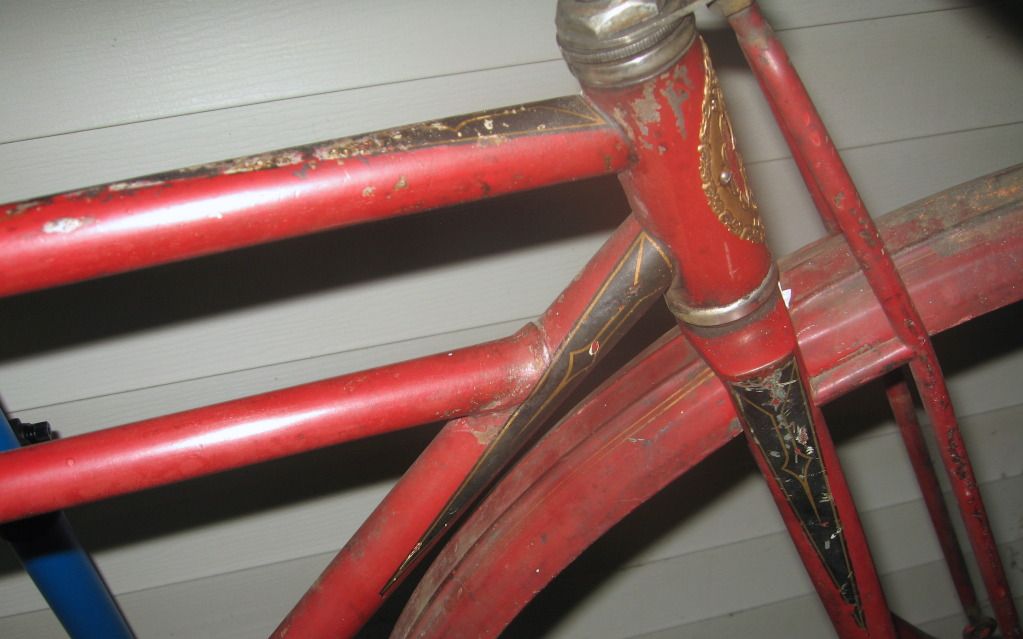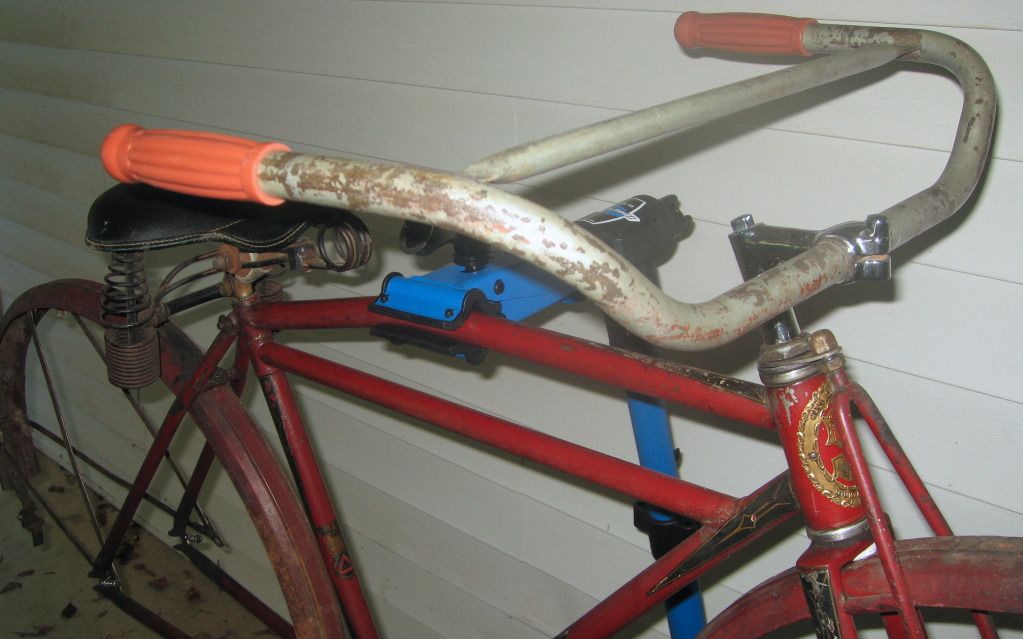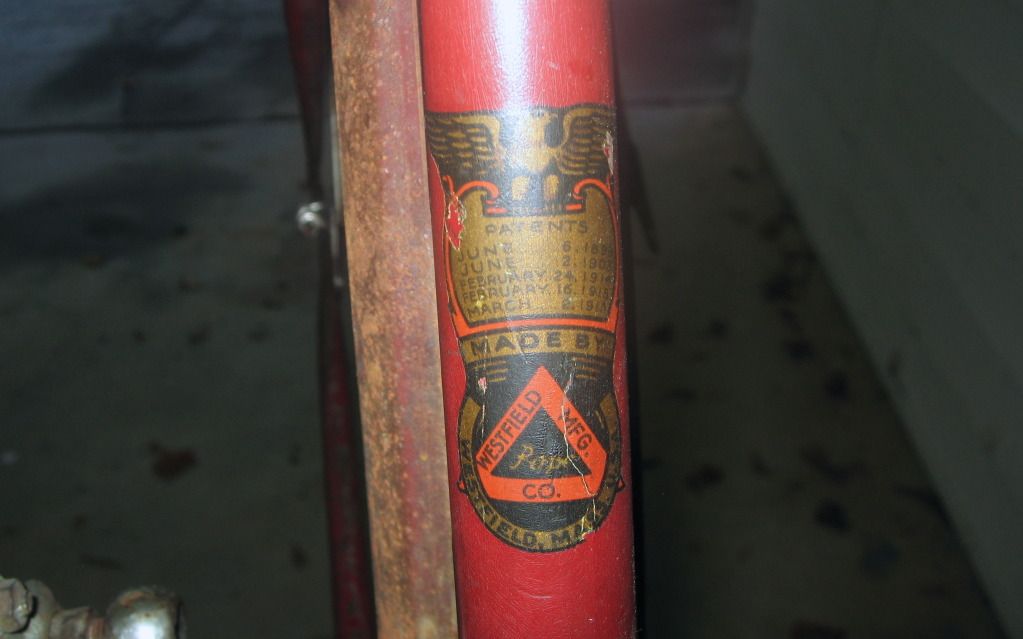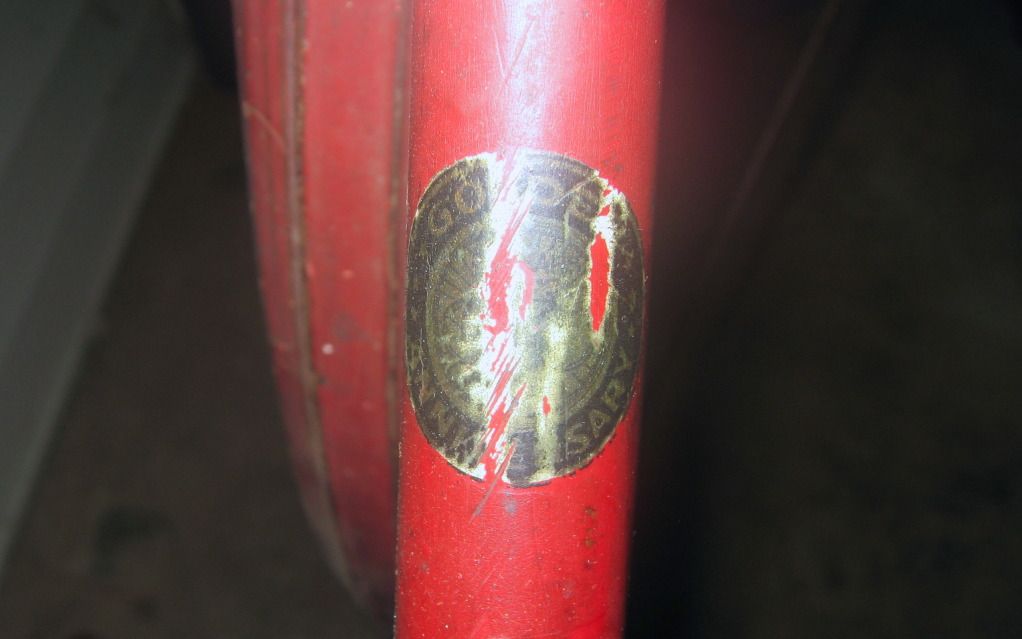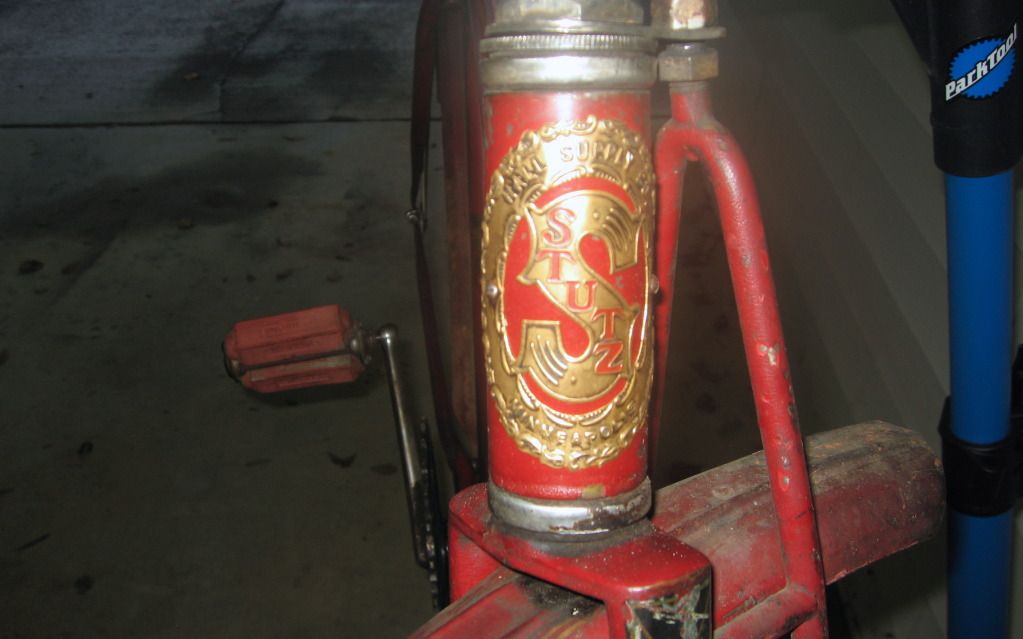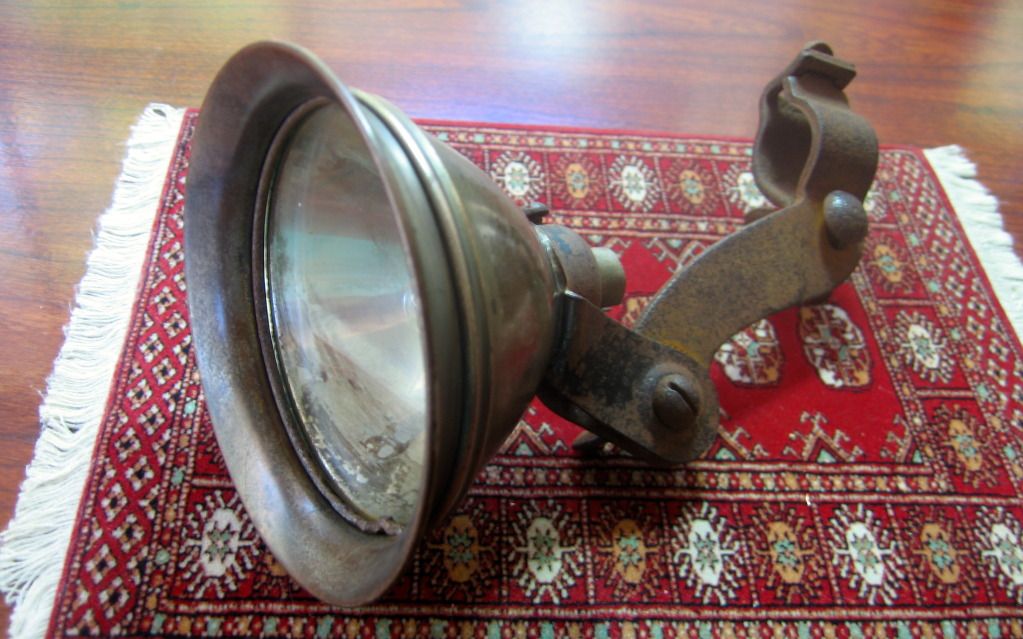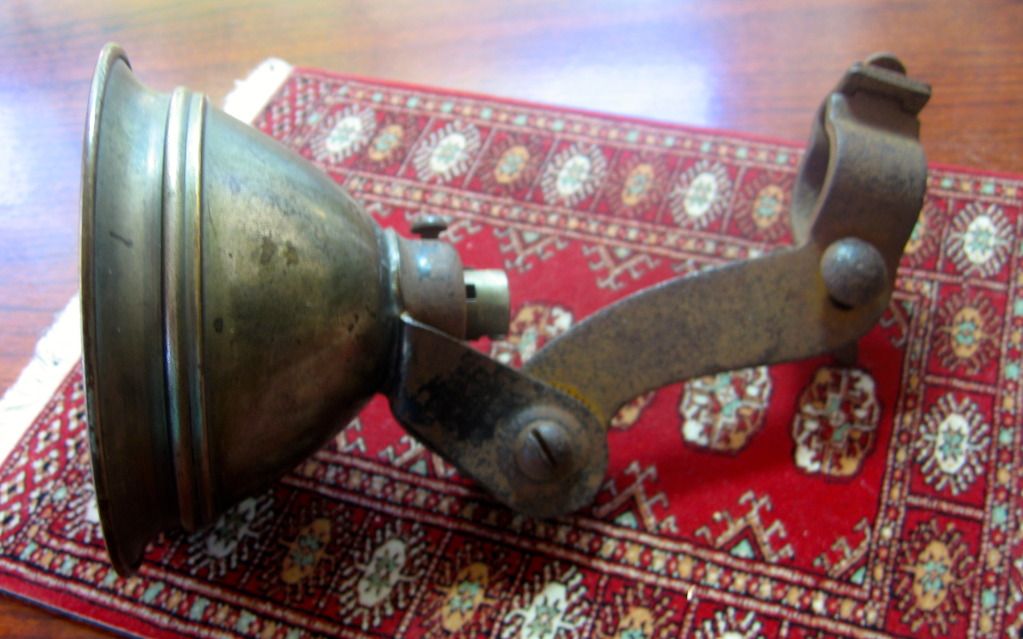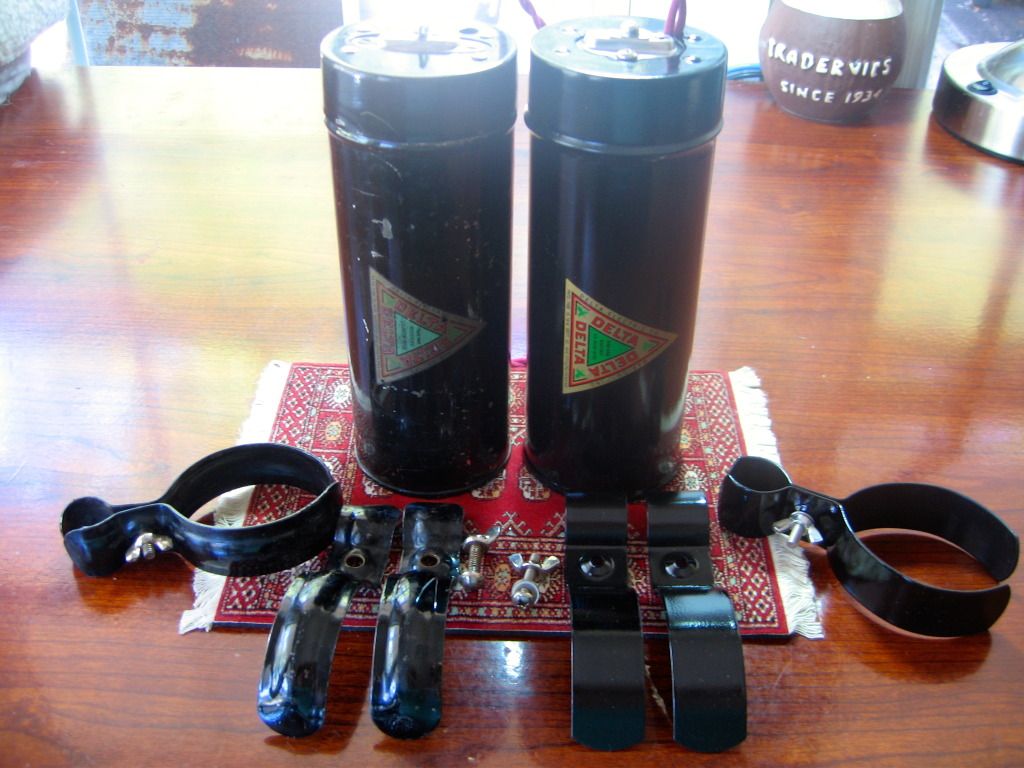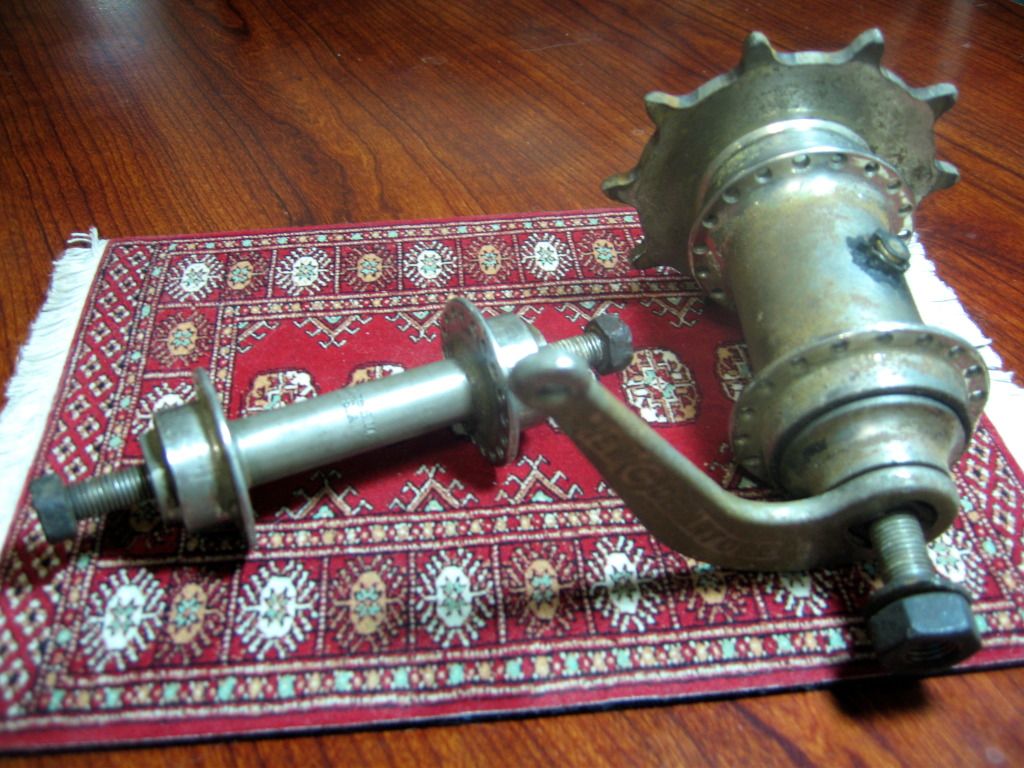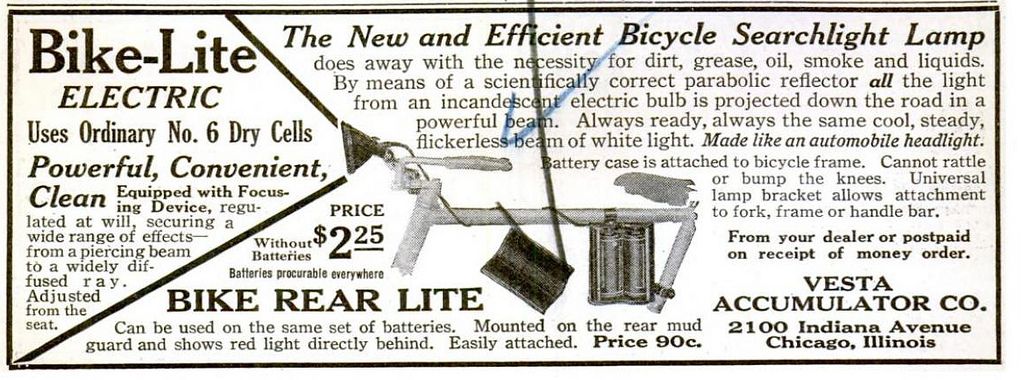Vesta Accumulator Co. Pat. Pend. Electric light
I had never heard of the Vesta Accumulator Company so thought I would pull over some information from another thread I started on the Vesta Accumulator Co. Pat. Pend. Electric light graciously provided by CABE member chitown. Thought others might find it of interest & add a little history to an accessory going on this bike.
1915 Ad
Vesta Accumulator Company History
The Vesta Accumulator Company Building is locally significant under National Register Criterion A for Industry for its
association with the Vesta Accumulator Company, whose growth in the 1910s and 1920s exemplified the development
and importance of Chicago’s burgeoning automobile industry.
The Vesta Accumulator Company (1897-1929)
The Vesta Accumulator Company was founded in 1897 by Chicago industrialist David P. Perry. Born in 1845 in
Painesville, Ohio, Perry arrived in Chicago in 1878. After first making his way in the garment manufacturing business,
Perry’s interest in applied electricity led him to become general manager of the Standard Electrical Company and an
associate with the Hyde Park Electric Light & Power Company. In 1897, he rented space in a building at 53 South
Dearborn Street and began a small manufacturing concern that produced electric lamps for bicycles and storage
batteries. 1 The company quickly branched into products for the burgeoning automobile industry, and that same year, the
Vesta Accumulator Company was incorporated as a “manufacturer of automobile accessories such as headlights, lamps,
generators, lighting and ignition batteries.”2 During the early 1900s, the company continued to expand its product lines
and its operations in Chicago, relocating to larger quarters in May of 1902 and again in 1905, when the company moved
to the just emerging Motor Row along South Michigan Avenue.
Following the Fire of 1871, Michigan Avenue south of 12th Street developed into an exclusive residential district of
impressive mansions, high-end rowhouses, and stately churches. Just after the turn of the century, however, the
character of the area transitioned rapidly into a commercial district that catered to the emerging automobile culture.
Residents moved to areas farther from the noise and dirt of the city, and Michigan Avenue’s wide lanes and smooth
pavement made it a popular test-driving route for the city’s first automobile dealers. By 1920, the mansions and churches
had been replaced by automobile showrooms and related businesses, which created a unique shopping experience for
the city’s automobile owners. Chicago’s Motor Row, which at its height encompassed an area that stretched from 12th
Street to 26th Street, from Indiana Avenue to Wabash Avenue, was one of the largest early motor-related commercial
districts in the country.
The Vesta Accumulator Company had a long standing presence in Chicago’s historic Motor Row beginning in 1905, when
it established a general office and salesroom at 1336 South Michigan Avenue and leased factory facilities in a building at
1521 South Wabash (both buildings are no longer extant). Vesta was one of the first automobile parts suppliers to
relocate to the newly emerging Motor Row—it’s offices were on the same block as the first automobile showroom to be
constructed on South Michigan Avenue (for the American Locomobile Company), and less than a block from the Ford
Company’s first Chicago showroom, constructed in 1905 at 1444 South Michigan.4
Recognizing the advantages of the location, the company decided to remain in close proximity when they again outgrew
their existing facilities. In 1912, the Vesta Accumulator Company acquired the property at the southwest corner of 21st
Street and South Indiana Avenue to construct a new factory building to accommodate its expanding business. The
existing building on the site, the Mt. Sinai Temple, was demolished to make way for a new four-story masonry building
that would serve as the first purpose-built factory for Vesta. Chicago architect Carl M. Almquist designed the $80,000
building with an open, utilitarian floor plan that would allow the Vesta Accumulator Company to consolidate its operations
into a single building. J. Seymore Currey noted in his profile of the company in the 1918 Manufacturing and Wholesale
Industries of Chicago that the construction of the new factory “effected a centralization of all departments of the business,
the offices being on the ground floor of the building and the factory and other departments utilizing the other two stories
and basement.”5
Several other industry publications also announced the construction of the new building. The April 27, 1912 edition of
Electrical World described the building at 2100 South Indiana as “a four-story office and factory building…to be used for
[Vesta’s] storage-battery business.” The Iron Age ran a brief announcement on August 8, 1912 that “the Vesta
Accumulator Company, Chicago, has awarded the contract for a four-story factory building to be 100x161 feet and to cost
$80,000.”6
The Vesta Accumulator Company moved to its new factory in 1913, and over the next fifteen years the company
continued to expand its business into new territory, establishing branch offices in New York, Boston, Atlanta, St. Louis,
Cleveland, Kansas City, Pittsburg, Omaha and Louisville. By 1918, Vesta had also developed a complete line of storage
batteries, electric generators, and electric lamps for automobiles, all of which were manufactured at the 2100 South
Indiana building. Automobile parts suppliers were an integral component of Chicago’s automobile industry during the first
half of the twentieth century, one of many small but important subsets of the city’s massive and wide-reaching
manufacturing economy. As Currey’s profile of Vesta stated, “with the marvelous development of the automobile industry
has come the possibility of upbuilding of many important manufacturing and supply concerns relative thereto in a direct
way, and thus have been extended in large volume the functions and business of the Vesta Accumulator Company.”7
The building at 2100 South Indiana initially also served as an office and included a service station at the rear where
patrons could bring their cars to have the batteries serviced, recharged, or replaced. However, in 1920, Vesta opened a
separate service station at 29th Street and South Michigan Avenue that was dedicated to battery repair, sales, and
service. The Commercial Car Journal announced the company’s new building plan in July 1919, which “was made
necessary by the large increase in business during the past year. The company had to have more room at its factory,
2100 Indiana Avenue, and the entire service department will be moved to the new location in the near future.” When the
new service station was completed, Motor Record reported in November 1920 that the new building on Michigan would
serve as a model for Vesta service stations all of the country, with space for more than 100 cars, “a fully equipped repair
department, a recharging room which will handle 2,000 batteries at a time and storage space for more than 5,000
batteries. On the Michigan Boulevard side there is a sales room in which will be carried a complete stock of Vesta lights,
as well as battery parts.” The service station even provided a special waiting room for women drivers, with “magazines,
telephones, writing materials and other conveniences.” That same year, the company formally changed its name to the
Vesta Battery Corporation, reflecting the company’s increasing specialization in the production of batteries.
With the new service station taking the burden of sales and service off of the Vesta factory at 2100 South Indiana, the
company was free to give the first floor of the factory over for the manufacturing of its products. From 1920 until 1929, the
building at 2100 South Indiana was used exclusively as a manufacturing facility.
During Vesta’s time in the building, the company developed many innovative products for the automobile industry,
including the first battery-supplied electric lighting for commercial trucks. Advertisements from the 1910s and 1920s
promoted the Vesta storage battery as the longest lasting automobile battery on the market, and the company developed
direct relationships with many of the leading automobile manufacturers, including the Ford Motor Company.
